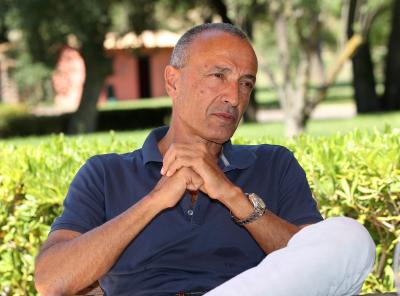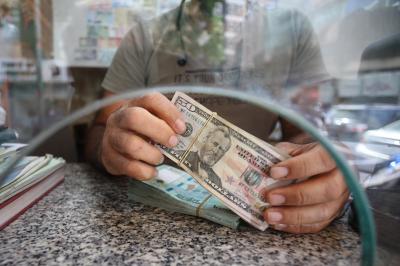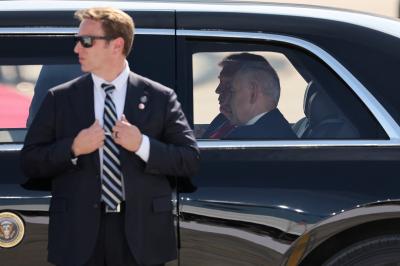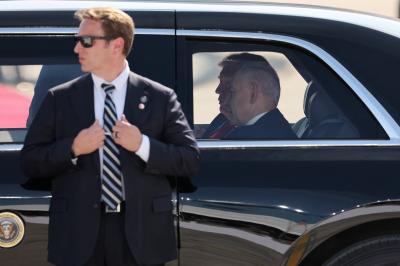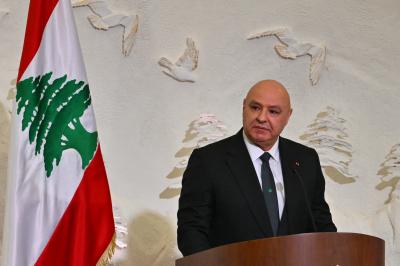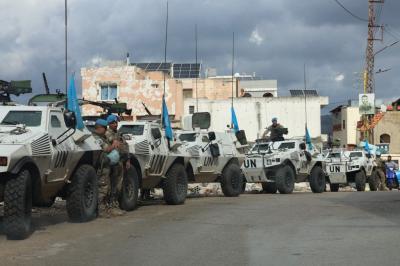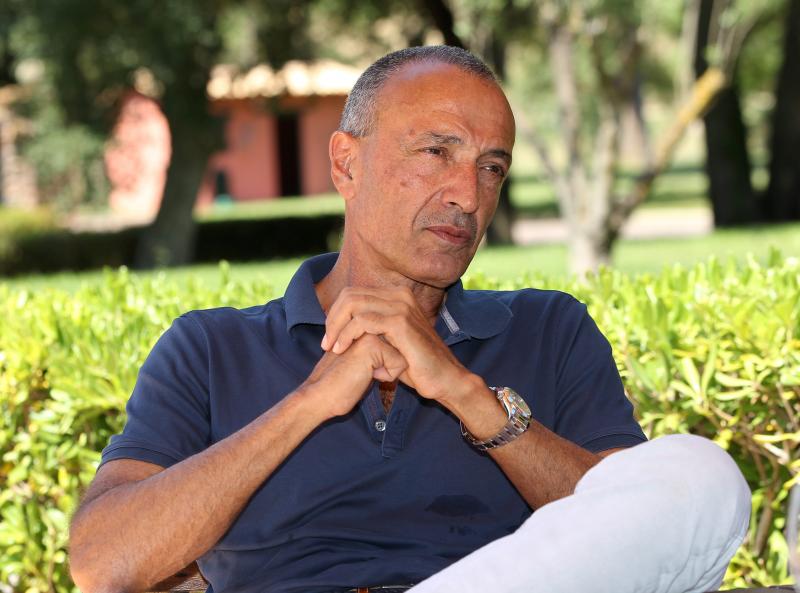The American approach to involve Brazil in unofficial discussions with Cuba is not without risks and obstacles.
Cuba... Nestled in the Caribbean region, at the entrance of the Gulf of Mexico, stands the Socialist Republic of Cuba, governed by a single party. Located about 150 kilometers from American shores, it shares a sensitive neighborhood with the United States through Florida, home to the headquarters of the South and Central American military command. Since the advent of the Cuban Revolution to power on January 1, 1959, Washington has considered it a serious threat. This concern reached its peak on October 16, 1962, during the Cuban Missile Crisis. The world was frozen for 13 days, on the brink of nuclear war, when Washington revealed the secret deployment of Soviet missiles on Cuban soil. Currently, according to American authorities, the growing ties between China and Cuba and the new diplomatic maneuvers between Cuba and Russia represent the biggest threat to the United States.
In this context, at Washington's request, Brazil has initiated a move to gauge Havana's intentions. This initiative aims to revive attempts to bring the United States and Cuba closer together. It falls within a strategy to reinsert America into the competitive Cuban arena, with the goal of containing the growing influence of China and Russia.
The "Cuban Nation," despite its modest dimensions and almost non-existent natural resources, occupies a critical geographical position. This makes it a strategic target for any military or intelligence activity aimed at the United States. From this perspective, Cuba needs the support of a strong foreign power to meet the vital needs of its population. This becomes crucial as general discontent against a pressured government and threats of protests intensify. The economic challenges facing the country have raised deep concerns within the Cuban government.
As Cuba navigates troubled waters amid an acute energy crisis since the beginning of the year
Cuba, one of the largest islands in the Caribbean region, with an area of 110,000 square kilometers and the second in terms of population with 11 million inhabitants, suffers from the lingering effects of the American economic blockade. Despite the U.S.'s more recent opening towards the island, the inflation rate now exceeds 40% according to official reports. The country faces a severe shortage of food and medicines, as well as regular power outages. Prices rose by 45.8% year-on-year last July, according to the Ministry of Economy. It should be noted that the average salary in Cuba is around 5,000 pesos per month, or about 29 U.S. dollars.
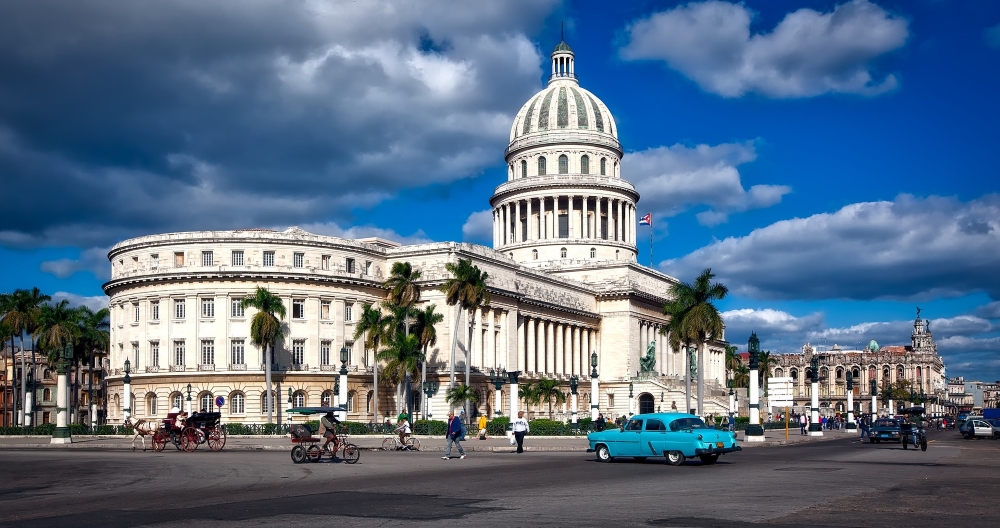
As Cuba navigates troubled waters amid an acute energy crisis since the beginning of the year, its own oil production only covers a third of its fuel demand. In this trial, the island relies on Russian energy support to stay afloat. More recently, Cuba has started tapping into Mexican oil resources to lighten its burden. However, an interesting observation comes from economic experts: this oil essentially replaces the revenue the country could have obtained in exchange for the services of its doctors working in Mexico. This decision to tap into oil reserves points to the growing need for healthcare professionals, even though statistics report the presence of no fewer than 70,000 doctors in Cuba, a striking disproportion relative to the size of the population.
In this context, the U.S. modus operandi towards Cuba remains shrouded in uncertainties. While Washington has an arsenal of levers to maneuver the situation, including easing measures, lifting sanctions, and openings for economic cooperation, the precise strategy remains difficult to discern. In the wake of former President Barack Obama's initiatives in 2014, the Biden administration last year worked to improve relations with Havana. This resulted in second-tier governmental talks and proposals for partial lifting of economic constraints.
Obama had made history by becoming the first American president since 1959 to set foot on Cuban soil. This visit allowed a meeting between Obama and former Cuban President Raul Castro, leading to the reopening of embassies between the two nations.
From the American perspective, facilitating these talks—whether through direct means or through more informal channels like Brazil, which volunteered with Washington's approval—could illuminate paths towards resolving the major challenges Cuba faces. This includes strengthening healthcare and agricultural systems. However, deeper involvement from Cuba towards the United States seems unlikely.
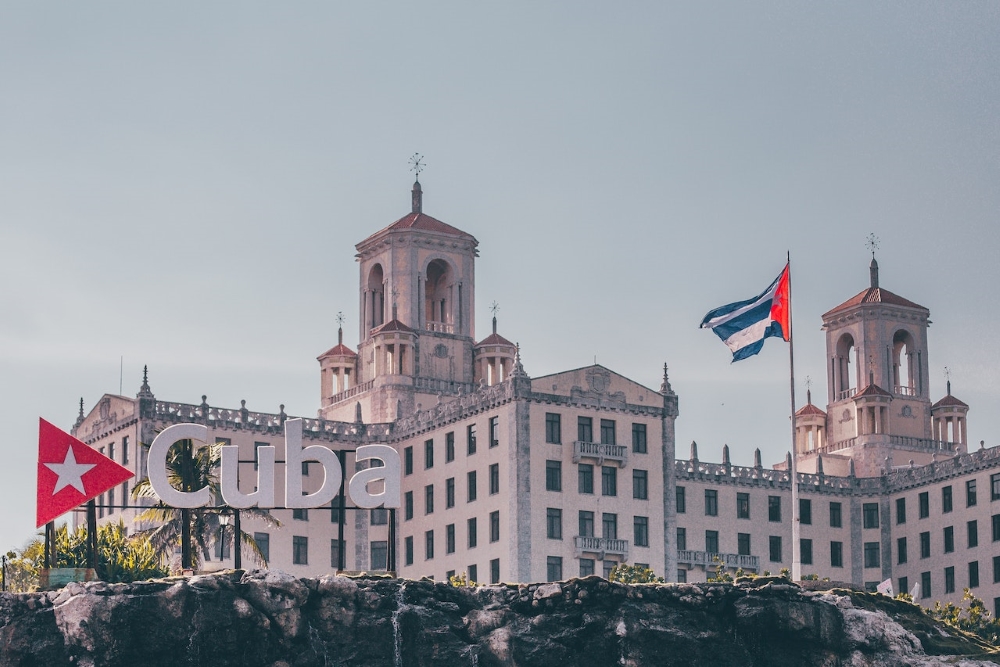
The American approach to involve Brazil in unofficial discussions with Cuba is not without risks and obstacles. In this dynamic, Washington must first balance the scales and work to lift the economic barriers weighing on the island. Only after these steps would it be conceivable to position itself as a competitor against Russia and China, although this is not the immediate objective. All of this leads the United States to rely on Brazil's collaboration to seize this unique opportunity. They consider Brazil as a transitional actor, likely to gradually open the island on economic and political fronts. The American plan is to intervene at the right time. The question remains: will they succeed in materializing this strategy?
Please post your comments on:
[email protected]
 Politics
Politics
